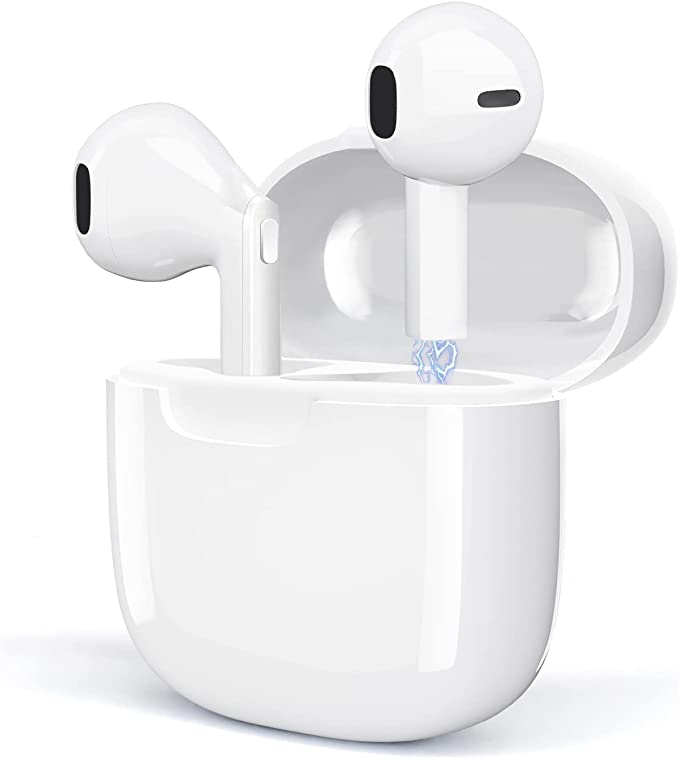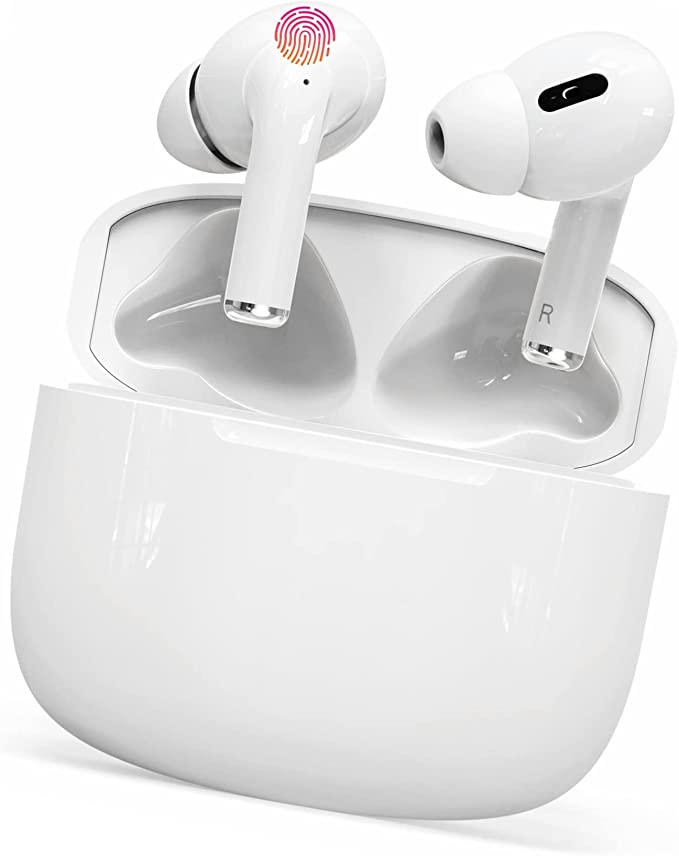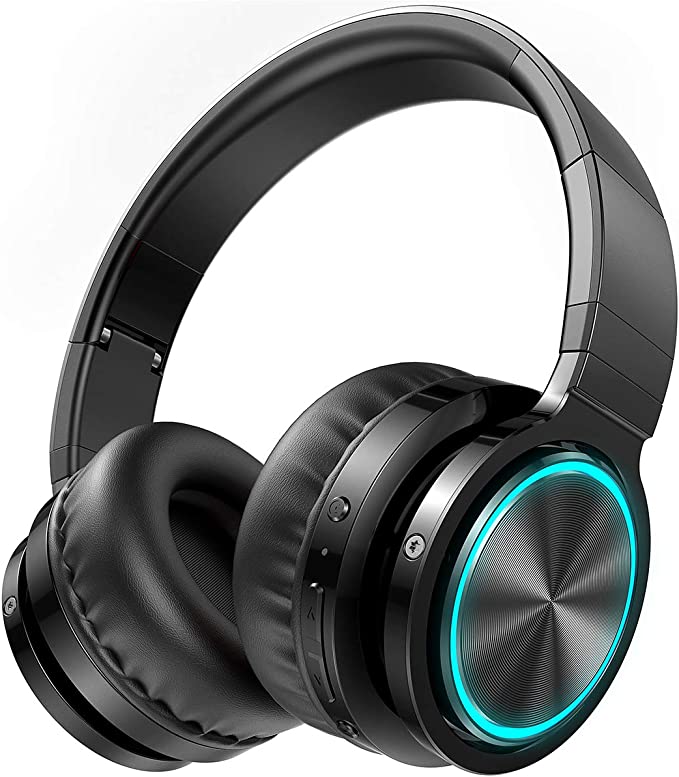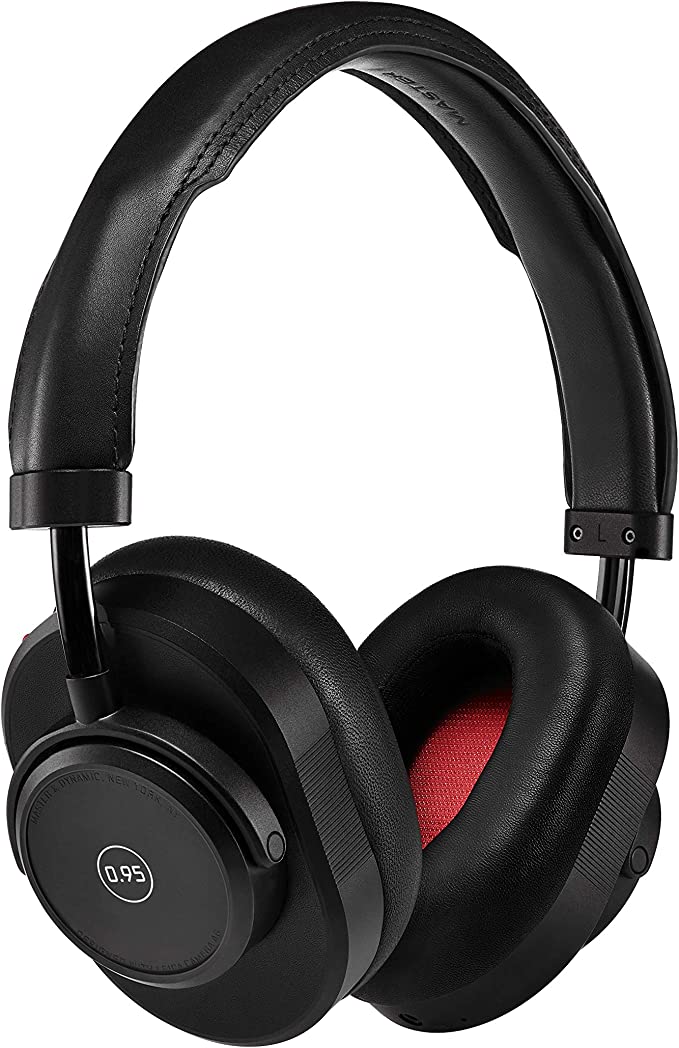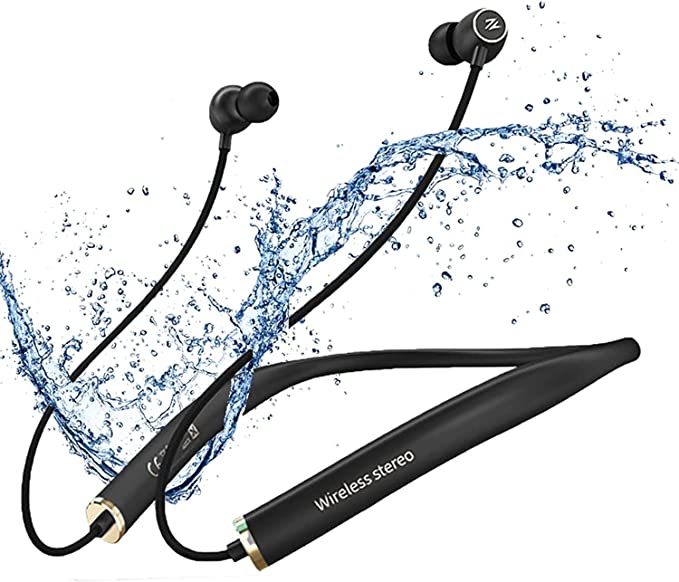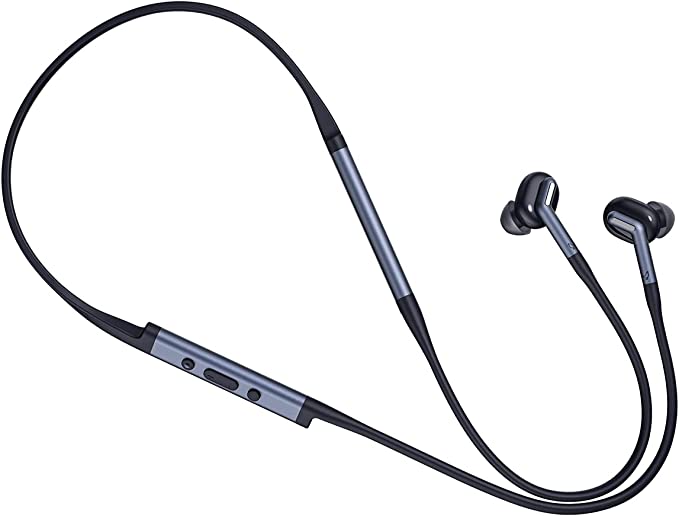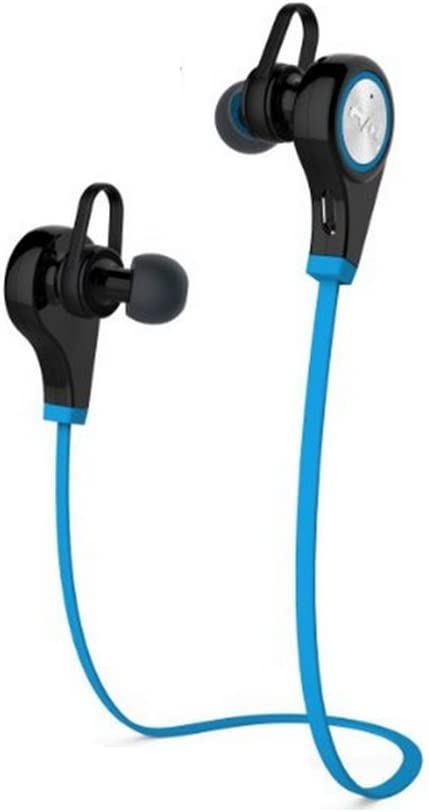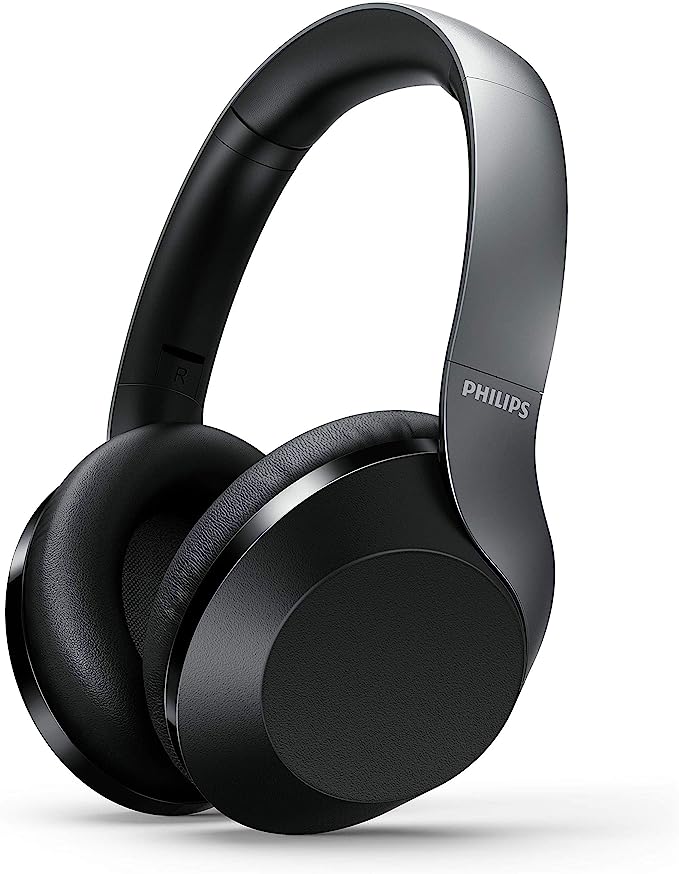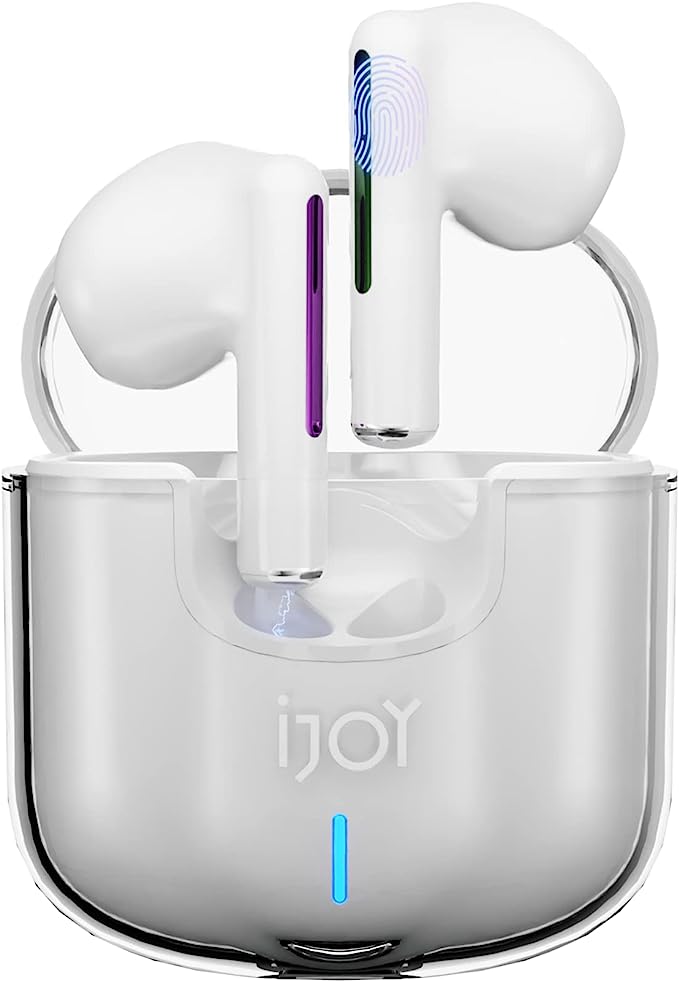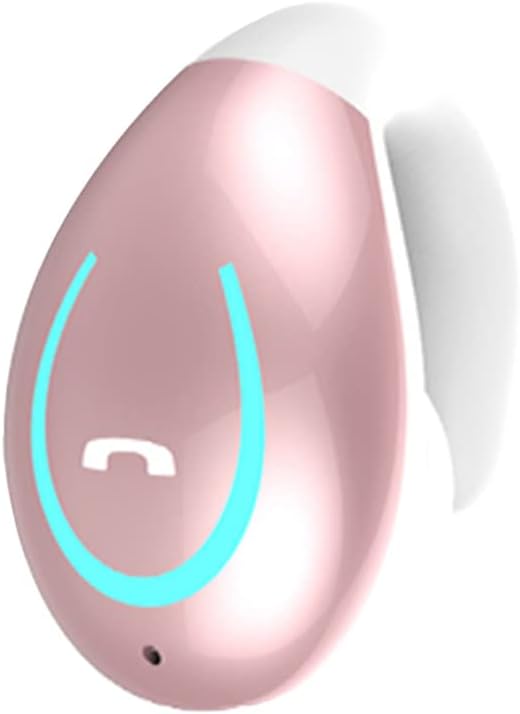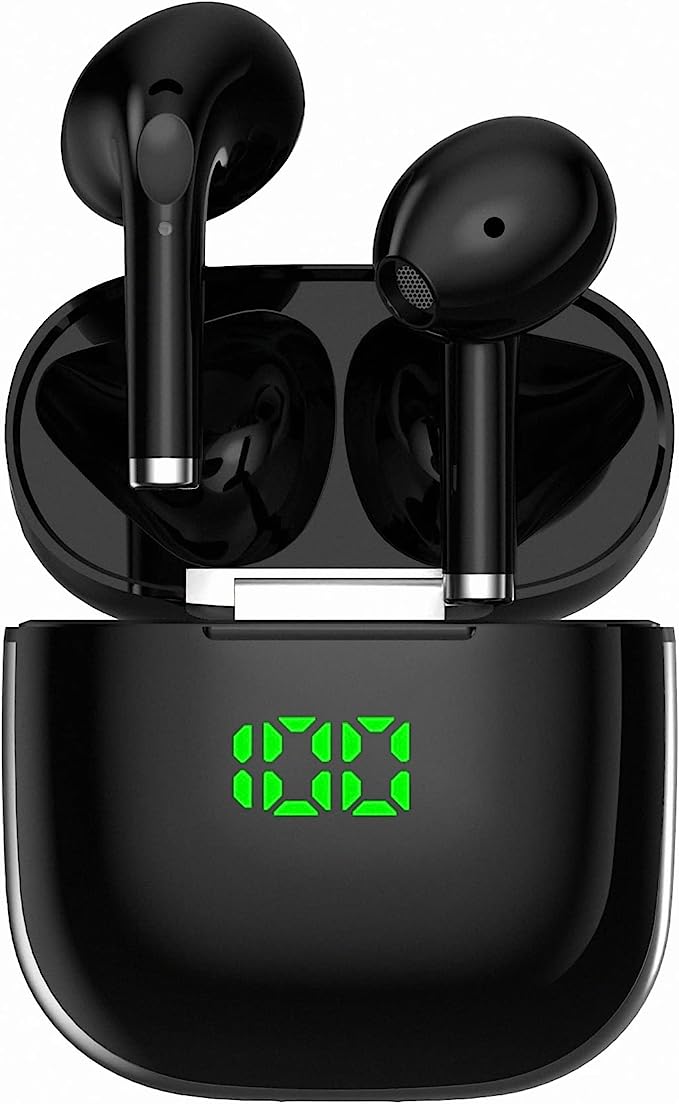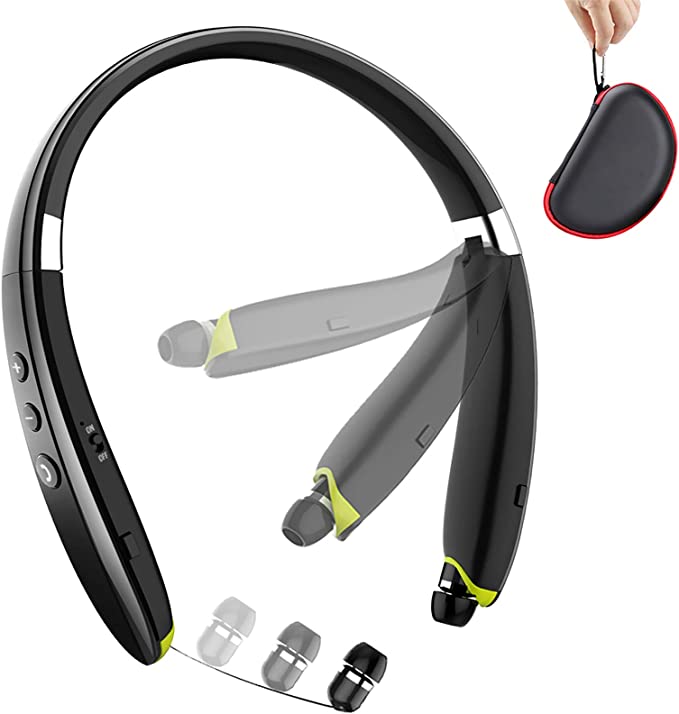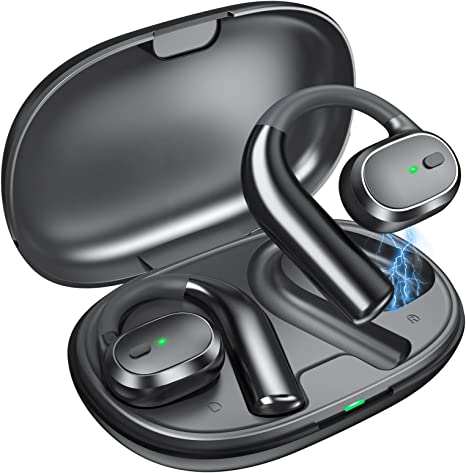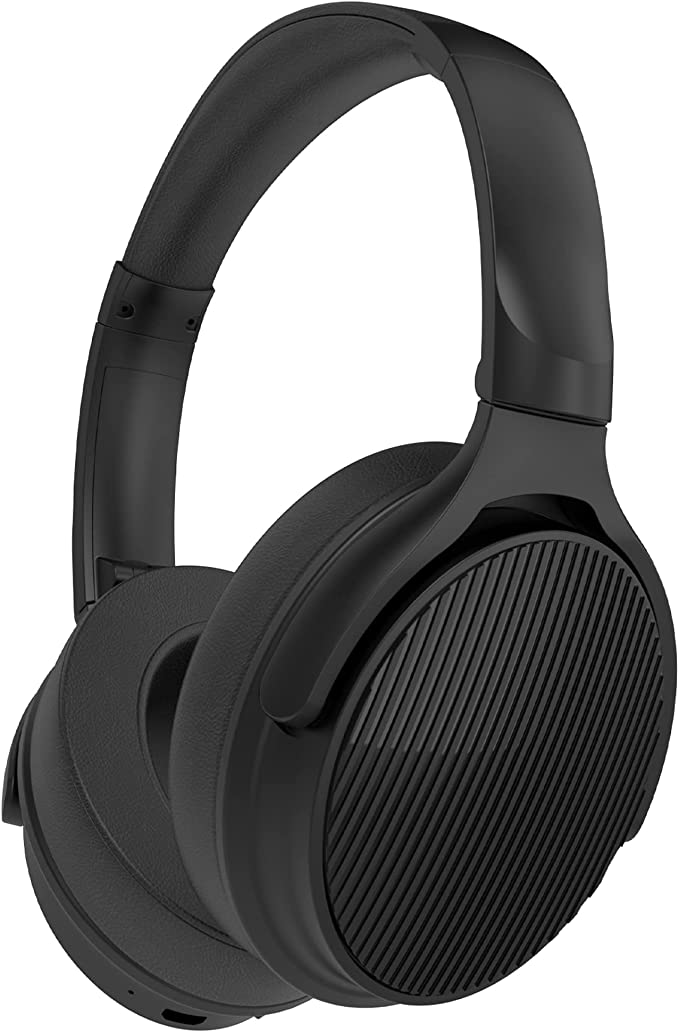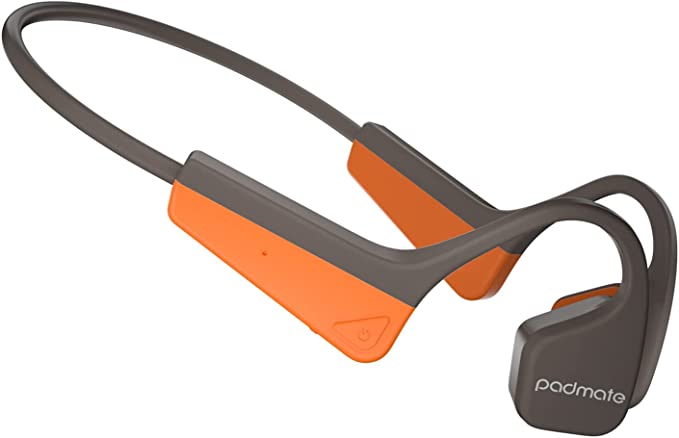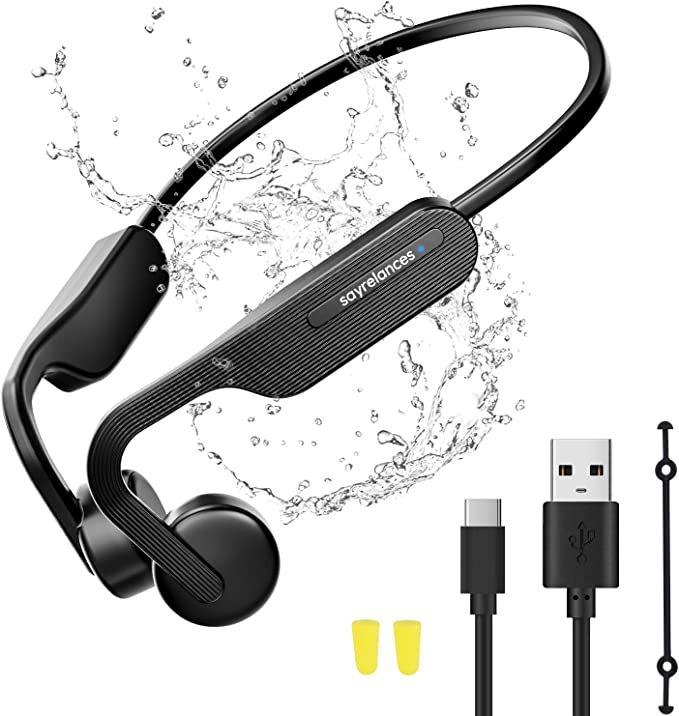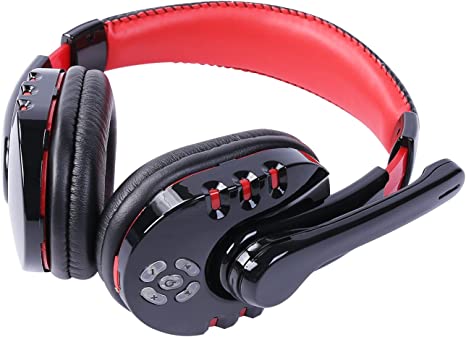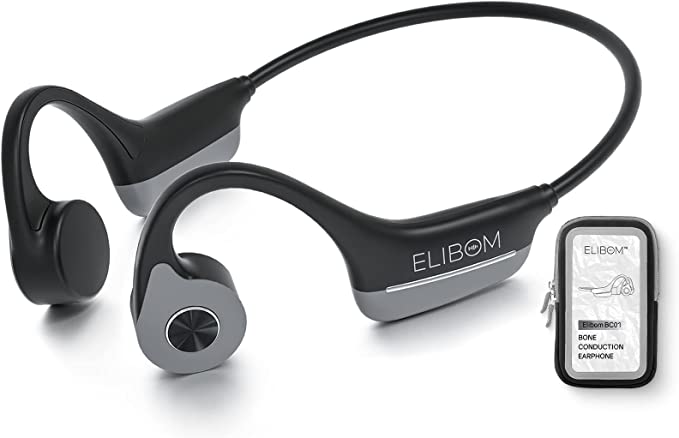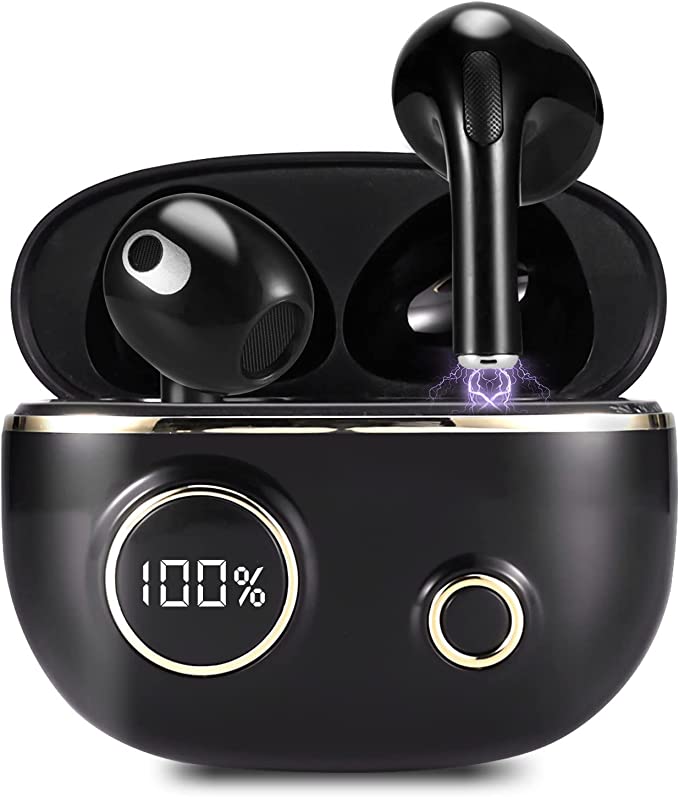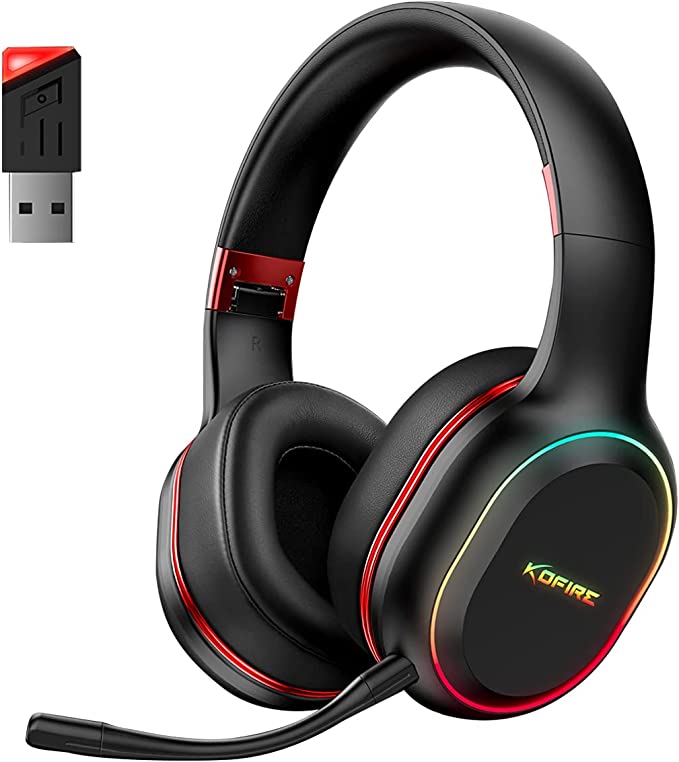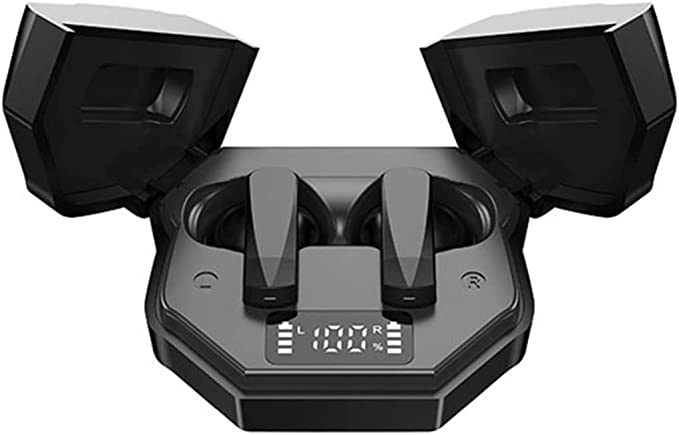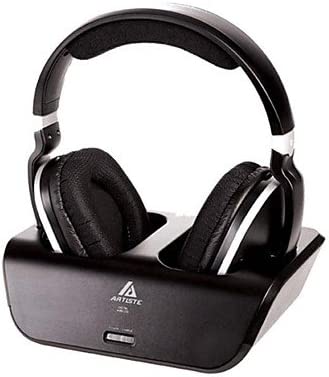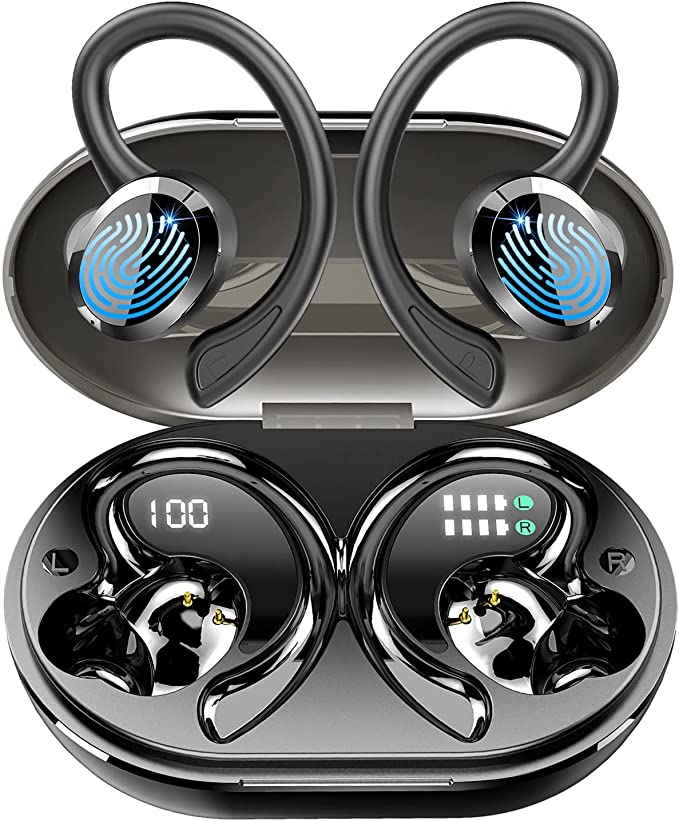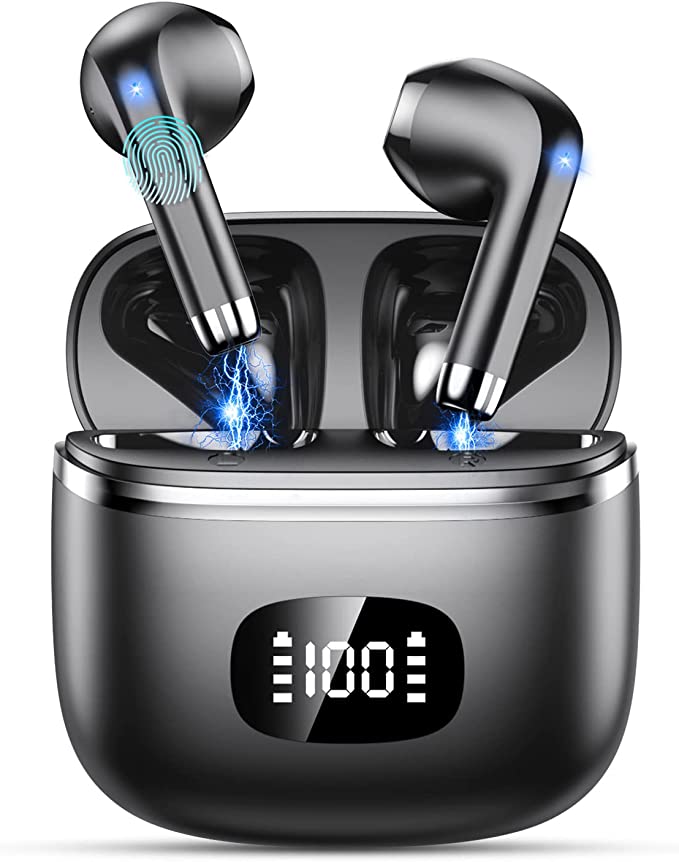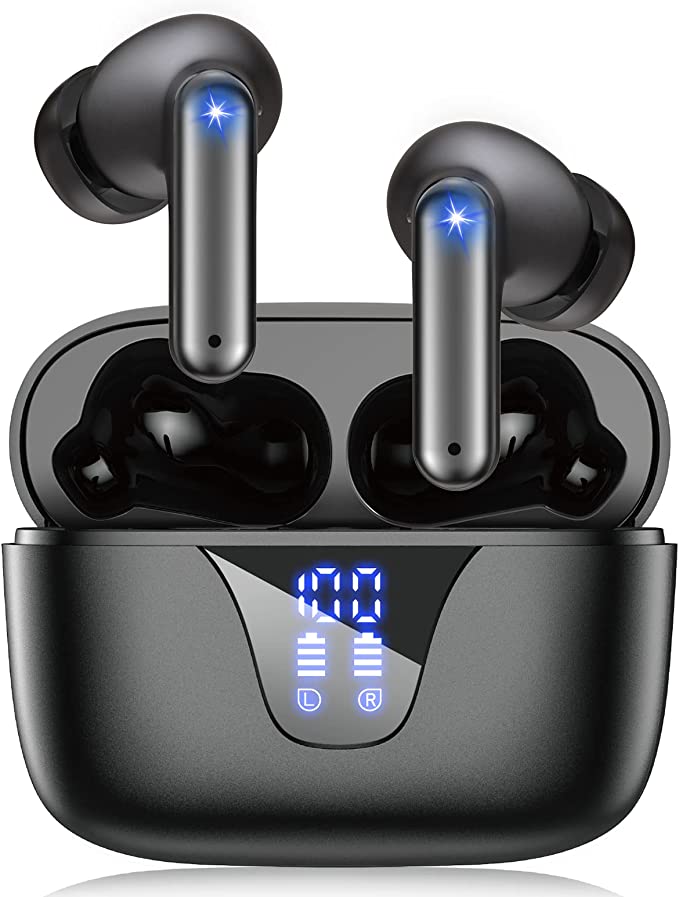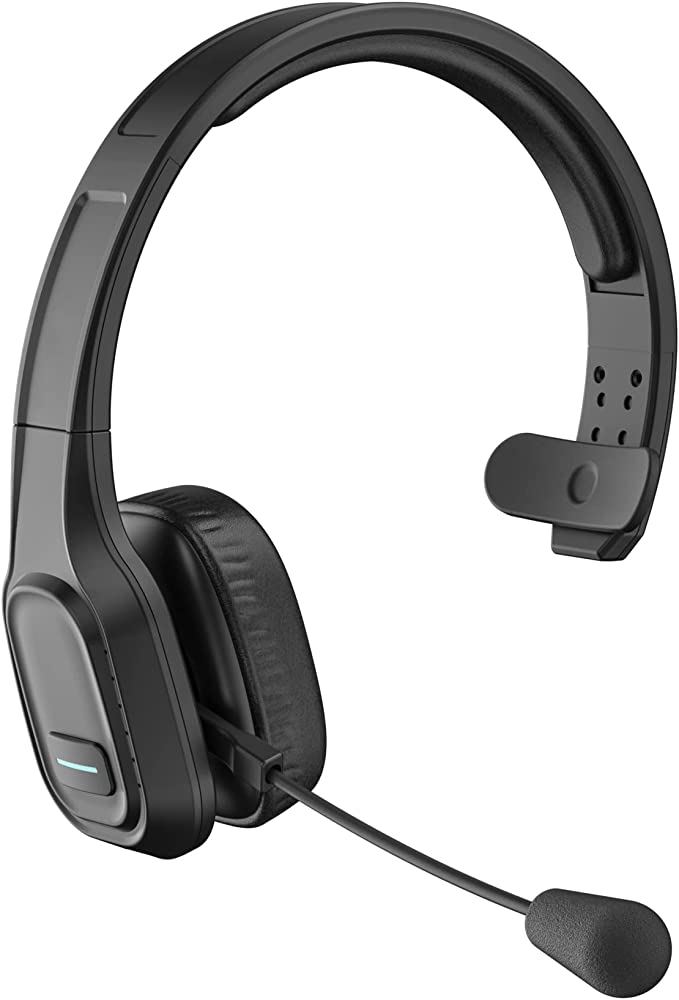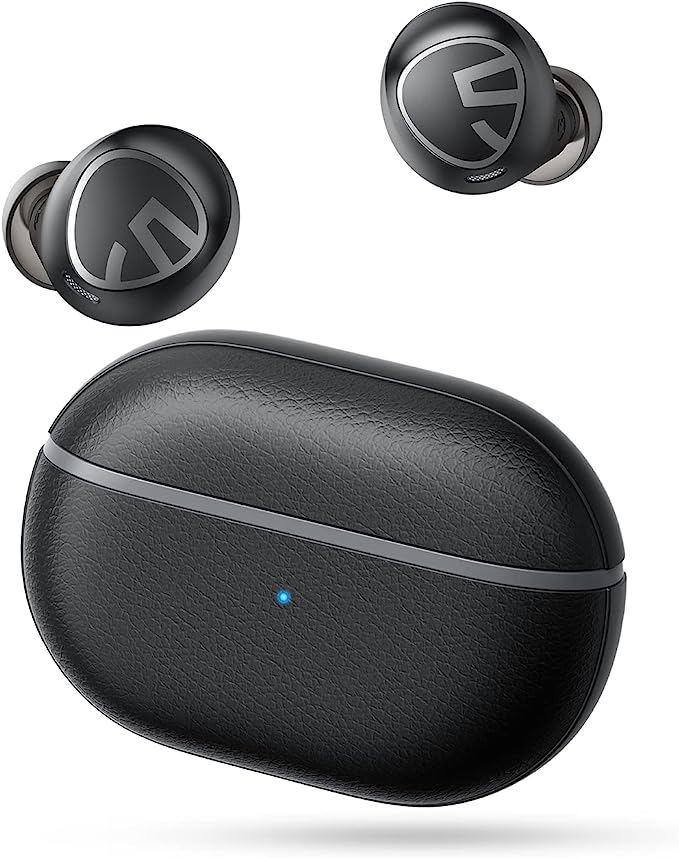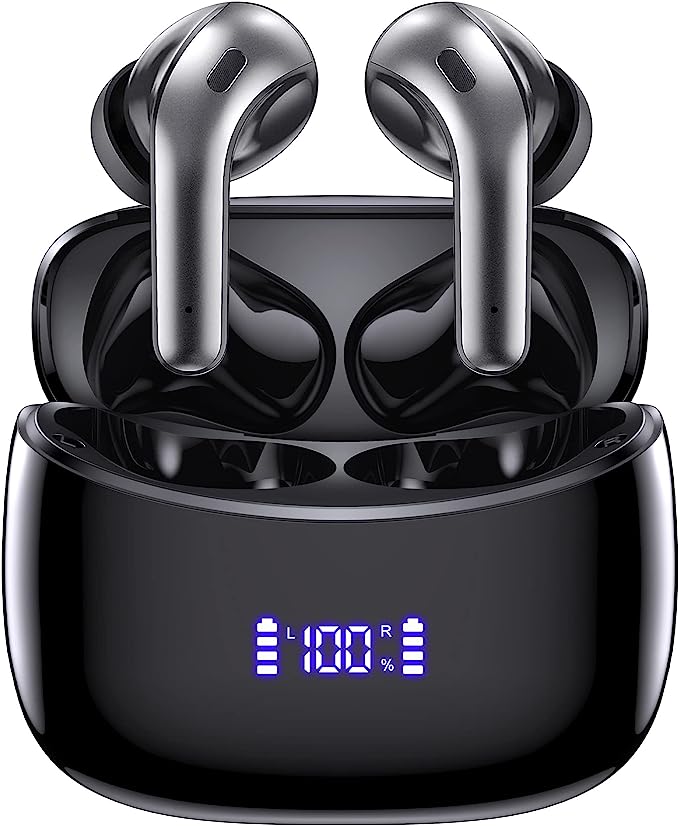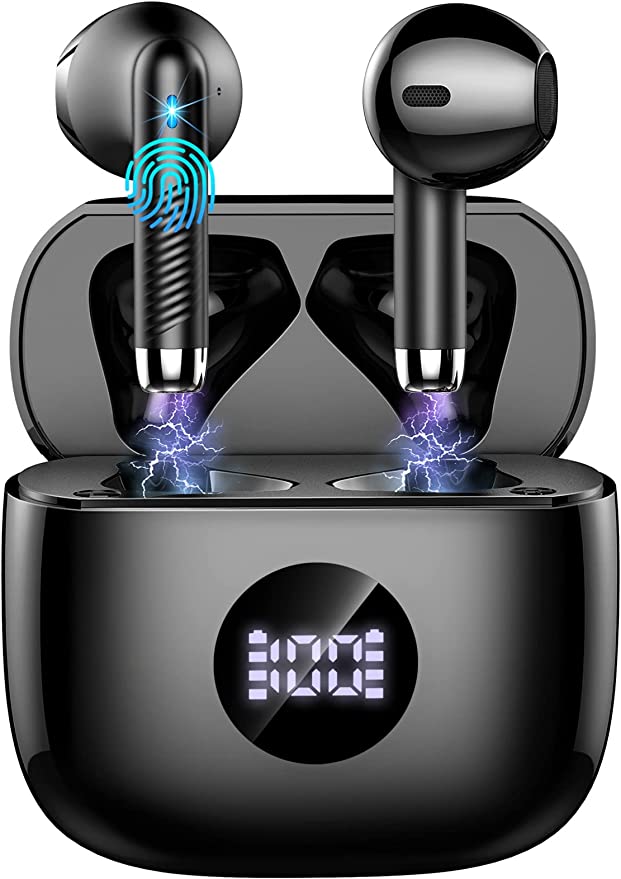Pamu A2K-FBA Wireless Headphones: Your Personal Mobile Karaoke Studio
Update on March 20, 2025, 9:37 a.m.
Singing is a fundamental human expression, a source of joy, stress relief, and even a form of therapy. Whether you’re a seasoned vocalist or a shower-singing enthusiast, the desire to hear your voice clearly and beautifully is universal. But accessing a quality karaoke experience often involves bulky equipment, expensive setups, or trips to crowded karaoke bars. The Pamu A2K-FBA wireless headphones offer a different path – a personal, portable karaoke studio that travels with you.

Beyond Traditional Karaoke
Traditional karaoke setups, while fun, can be cumbersome. Think about it: tangled wires, multiple components (mixer, amplifier, speakers, microphones), and the need for a dedicated space. Setting it all up can be a hassle, and the sound quality often depends on a complex interplay of factors you might not fully control. Even smaller, all-in-one karaoke machines can be bulky and require a power outlet. Public karaoke venues, while offering a social experience, can be intimidating, expensive, and limit your practice time. The Pamu A2K-FBA headphones address these limitations by integrating the core features of a karaoke system into a comfortable, wireless headset.
Sing Like a Star (Almost!): Real-Time Vocal Monitoring
One of the most valuable tools for any singer, professional or amateur, is the ability to hear themselves accurately while singing. This is called real-time vocal monitoring, and it’s a cornerstone of vocal training. Why is it so crucial? Because it allows you to make immediate adjustments to your pitch, timing, and overall vocal delivery. Without it, you’re essentially singing “blind,” relying solely on your internal perception, which can be misleading.
Think of it like learning to play an instrument. If you can’t hear the notes you’re playing clearly, how can you possibly learn to play in tune? The same principle applies to singing. The Pamu A2K-FBA headphones provide this crucial real-time feedback, allowing you to hear your voice as it sounds to others (with minimal latency, or delay), mixed with the backing track. This helps you identify areas where you might be sharp or flat, adjust your breathing, and refine your overall vocal technique. This low-latency audio processing is essential for a natural and responsive singing experience.

The Magic of Reverb: Digital Signal Processing (DSP) Explained
Have you ever noticed how your voice sounds richer and fuller in a large, empty room or a tiled bathroom? That’s the effect of reverberation, or reverb. Reverb is the collection of reflected sounds that occur when a sound wave bounces off surfaces. These reflections create a sense of space and depth, adding warmth and character to the original sound.
The Pamu A2K-FBA headphones use Digital Signal Processing (DSP) to simulate different reverb environments. DSP is a powerful technology that allows for the manipulation of audio signals in the digital domain. Think of it like a sophisticated audio editor, but working in real-time. The DSP chip inside the headphones takes the incoming audio signal (your voice and the backing track) and applies algorithms to create the desired reverb effect.
These algorithms are based on mathematical models that simulate the way sound waves behave in different spaces. The Pamu A2K-FBA offers four levels of reverb:
- Light Reverb: Simulates a small, intimate space, like a practice room.
- Medium Reverb: Creates the ambiance of a larger room, like a small concert hall.
- High Reverb: Mimics the spaciousness of a large hall or cathedral.
- No Reverb: Provides a dry, unprocessed sound, useful for critical listening.
By adjusting the reverb level, you can tailor the sound to your preference and the style of music you’re singing. This adds a professional touch to your performance and makes singing more enjoyable. The core of this process is often a mathematical operation called the Fast Fourier Transform (FFT). The FFT converts the audio signal from the time domain (a representation of how sound changes over time) to the frequency domain (a representation of the different frequencies present in the sound). Once in the frequency domain, the DSP can apply filters and other effects to specific frequencies, altering the sound’s characteristics.
Vanishing Vocals (Mostly): The Science of Vocal Elimination
Finding instrumental versions of your favorite songs can be a challenge. The Pamu A2K-FBA’s vocal elimination feature attempts to address this by reducing the prominence of the lead vocals in a standard song recording. It’s important to understand that this technology is not perfect. Completely removing vocals from a mixed track is incredibly difficult, if not impossible, without access to the original multitrack recording.
However, the Pamu A2K-FBA, like many vocal removers, uses clever algorithms to achieve a usable result. The core principle relies on the fact that lead vocals are often mixed in the center of the stereo field – that is, they are equally present in both the left and right channels. The algorithm identifies these center-panned elements, typically within a specific frequency range where vocals are most prominent, and attenuates (reduces) their amplitude.
The success of this process depends heavily on the original song’s mix. Songs with simple arrangements and clearly separated vocals will generally yield better results. Songs with complex arrangements, heavy effects on the vocals, or vocals that are not panned directly in the center will be more difficult to process, and you may hear artifacts or remnants of the original vocals. It’s best to think of this feature as a vocal reduction rather than vocal elimination tool. It provides a helpful way to practice along with your favorite songs, but it won’t create a perfectly clean instrumental track.

Wireless Freedom: Bluetooth Technology and Codecs
The Pamu A2K-FBA headphones connect to your smartphone, tablet, or computer via Bluetooth, a wireless communication standard. This eliminates the hassle of tangled wires and allows you to move freely while singing. Bluetooth transmits data using radio waves, and the quality of the audio transmission depends on several factors, including the Bluetooth version and the audio codec used.
A codec is essentially a set of rules for encoding and decoding digital audio data. Think of it like a language that your phone and headphones use to communicate. Some codecs are more efficient than others, meaning they can transmit higher-quality audio using less bandwidth. Common Bluetooth audio codecs include:
- SBC (Subband Coding): The standard, mandatory codec. It’s widely supported but offers relatively lower audio quality.
- AAC (Advanced Audio Coding): Commonly used by Apple devices. Offers better audio quality than SBC.
- Information Missing, Pamu Website will need review, also check BOX for codecs.
While the specific Bluetooth version and supported codecs for the Pamu A2K-FBA are not detailed in the provided information, a stable Bluetooth connection is crucial for a seamless karaoke experience. Dropouts or interruptions in the audio stream can be disruptive, especially when singing.

Power to Perform: Battery Life and Charging
The Pamu A2K-FBA headphones are powered by a 500mAh lithium-ion battery, providing up to 15 hours of wireless playtime on a single charge. This is a respectable battery life, allowing for extended karaoke sessions without needing to recharge. A full recharge takes approximately 2 hours. The headphones also include a 3.5mm audio cable, allowing you to use them in wired mode. This can be useful if the battery runs low or if you want to connect to a device that doesn’t support Bluetooth. While the wired playtime isn’t specified, it’s likely to extend the usage time significantly.

Comfort and Control: Ergonomic Design and Touch Controls
Long karaoke sessions demand comfortable headphones. The Pamu A2K-FBA features earcups made of protein PU leather, a synthetic material designed to mimic the softness and breathability of real leather. This material is known for its comfort and durability, making it a good choice for extended wear. The lightweight design and adjustable headband further enhance comfort, ensuring a snug but not overly tight fit.
The headphones also feature touch controls, allowing you to easily adjust the volume, play/pause music, answer calls, and activate the karaoke functions. These controls are typically located on the earcups and respond to taps and swipes. This intuitive control scheme eliminates the need for fumbling with small buttons.
A Little History: The Story of Karaoke
Karaoke, meaning “empty orchestra” in Japanese, originated in Japan in the 1970s. The first karaoke machine is often attributed to Daisuke Inoue, a Japanese musician who created a device that allowed people to sing along to instrumental recordings. Karaoke quickly gained popularity in Japan and spread throughout Asia and eventually the world. It has become a global phenomenon, a beloved form of entertainment, and a way for people to connect through music. The Pamu A2k represent a further of this.
The Microphone: The Quality Determine
The quality of the microphone is essential. And Pamu A2k has Detachable, Magnetic, and 360-degree bendable microphone. You can freely adjust to find best position.
Maintain Pamu A2k:
Regularly clean.
Store your Pamu A2K headphones in a clean, dry place when not in use.
